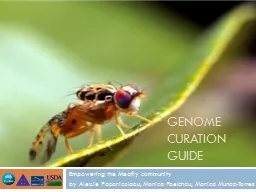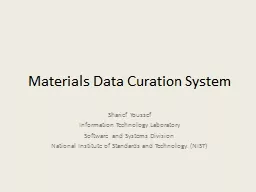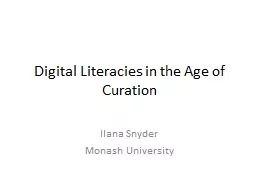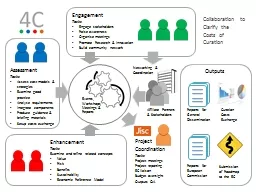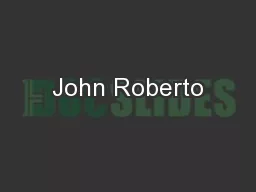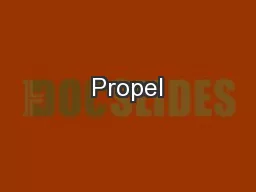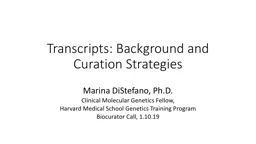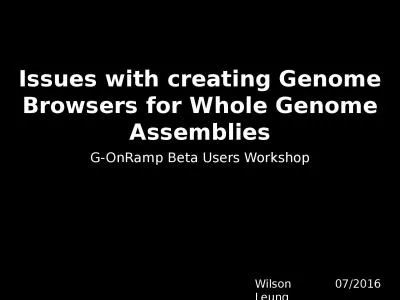PPT-Genome curation guide Empowering the Medfly community by Alexie Papanicolaou, Monica
Author : lois-ondreau | Published Date : 2019-11-06
Genome curation guide Empowering the Medfly community by Alexie Papanicolaou Monica Poelchau Monica MunozTorres This document is aimed for curators of all levels
Presentation Embed Code
Download Presentation
Download Presentation The PPT/PDF document "Genome curation guide Empowering the Me..." is the property of its rightful owner. Permission is granted to download and print the materials on this website for personal, non-commercial use only, and to display it on your personal computer provided you do not modify the materials and that you retain all copyright notices contained in the materials. By downloading content from our website, you accept the terms of this agreement.
Genome curation guide Empowering the Medfly community by Alexie Papanicolaou, Monica: Transcript
Download Rules Of Document
"Genome curation guide Empowering the Medfly community by Alexie Papanicolaou, Monica"The content belongs to its owner. You may download and print it for personal use, without modification, and keep all copyright notices. By downloading, you agree to these terms.
Related Documents

